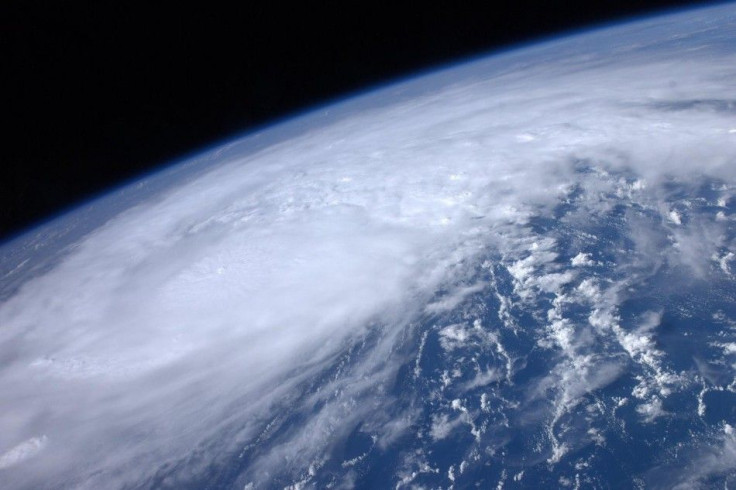Hurricane Irene Blasts The Bahamas

Hurricane Irene has devastated parts of Southeastern Bahamas, flooding several islands and damaging dozens of homes. The Category-3 storm also reportedly wiped out most of the settlement of Lovely Bay, Acklins.
The storm actually gathered strength as it swept across the island nation – having first entered as a Category-2 with winds of 90 miles per hour, but then upgraded to a Category-3, making it a major hurricane, as it passed over the island of Inagua.
This is the first major storm to seriously threaten the Bahamian archipelago in ten years.
In the capitol city of Nassau, power lines and trees have fallen, blocking streets and demolishing cars.
An Inagua resident told the Nassau Guardian newspaper that the island is suffering from a blackout, in addition to flooding.
Residents of central and northwestern Bahamas are preparing for the worst. The Guardian reported that fishermen in Spanish Wells have run their boats aground.
The local meteorological officials are warning that dangerous storm surges could raise water levels as much as 11 feet above normal.
Over the next three days, Irene is expected to dump up to a foot of rainfall on Bahamas.
Forecasters are warning that as Irene departs Bahamas, it could gain even further strength – perhaps becoming a Category-4 or even Category-5 storm, which would be lethal.
© Copyright IBTimes 2025. All rights reserved.




















